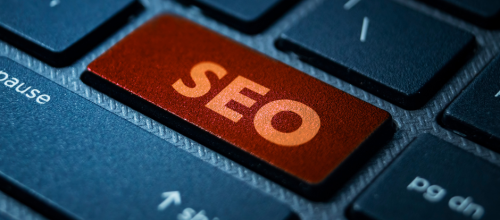
In 2025, digital marketing is undergoing one of its most radical transformations—and at the
center of it all is AI, specifically ChatGPT. From automated content creation to predictive
customer behavior, businesses of all sizes are leveraging AI tools to scale faster, reduce costs,
and stay competitive in an increasingly attention-driven economy.
But as marketers increasingly rely on ChatGPT for blogs, ad copy, SEO strategies, and even
brand voice development, the question arises: Are we automating creativity, or redefining it?
In this article, we’ll explore how ChatGPT is disrupting the marketing landscape, where it’s
helping (and hurting), and what the future looks like for human creativity in a world where
machines can write, think, and sell.
What Is ChatGPT and Why Marketers Are Obsessed With It
ChatGPT, developed by OpenAI, is an advanced language model capable of generating
human-like text, answering questions, writing code, and performing a wide range of tasks. What
makes it revolutionary for marketers is its ability to:
- Create SEO-optimized content in seconds
- Write engaging email campaigns and product descriptions
- Brainstorm ideas for social media and ads
- Generate outlines, scripts, and even full blog posts
- Act as a real-time assistant for strategy and research
The result? Teams save hours on repetitive tasks while focusing more on creativity and
strategy.
Benefits of Using ChatGPT in Digital Marketing
1. Faster Content Production
No more staring at a blank screen. ChatGPT helps marketers generate high-quality content at
scale, making it ideal for blogs, newsletters, and social media posts.
2. Improved SEO Performance
ChatGPT can suggest keywords, write meta descriptions, and structure content in a way that
aligns with SEO best practices.
3. Cost Efficiency
Freelancers, startups, and SMEs are replacing expensive content production pipelines with AI-
powered workflows.
4. 24/7 Availability
Need 10 blog title ideas at 2 AM? ChatGPT’s got you covered—instantly.

Are Creative Jobs at Risk, or Are They Being Redefined?
There’s growing concern that AI tools like ChatGPT are replacing human writers, strategists,
and even designers. But the reality is more nuanced.
AI excels at repetition, structure, and speed—but it still lacks emotion, nuance, and cultural
context. The most successful brands use ChatGPT as a creative partner, not a replacement.
Think of it this way: ChatGPT can build the stage, but humans still write the play.
Common Mistakes Marketers Make With ChatGPT
- Publishing Without Editing – Raw AI output often needs a human touch.
- Overusing Generic Content – ChatGPT can sound formulaic. Always tailor it to your brand tone.
- Ignoring Fact-Checking – AI is smart, but not always accurate.
- Using It Without Clear Prompts – Garbage in, garbage out. Prompt engineering is a skill in itself.
How to Integrate ChatGPT Into Your Digital Marketing Strategy
- Start with Low-Risk Tasks: Utilize AI for tasks such as headlines, outlines, or idea generation.
- Develop Brand Voice Guidelines: Train ChatGPT to mimic your tone.
- Create a Prompt Library: Develop a system for storing commonly used prompts (e.g., blog introductions, social media captions).
- Combine AI + Human Teams: Let humans refine, guide, and approve content generated by ChatGPT.
What’s Next? The Future of AI in Marketing (2025–2030)
- Hyper-personalized content powered by AI and user behavior data
- AI chatbots that double as full-service brand reps
- AI-generated video and audio campaigns
- Integration with AR/VR platforms for immersive experiences
The future isn’t AI vs. humans—it’s AI-augmented marketing, where technology enhances
human creativity instead of replacing it.







